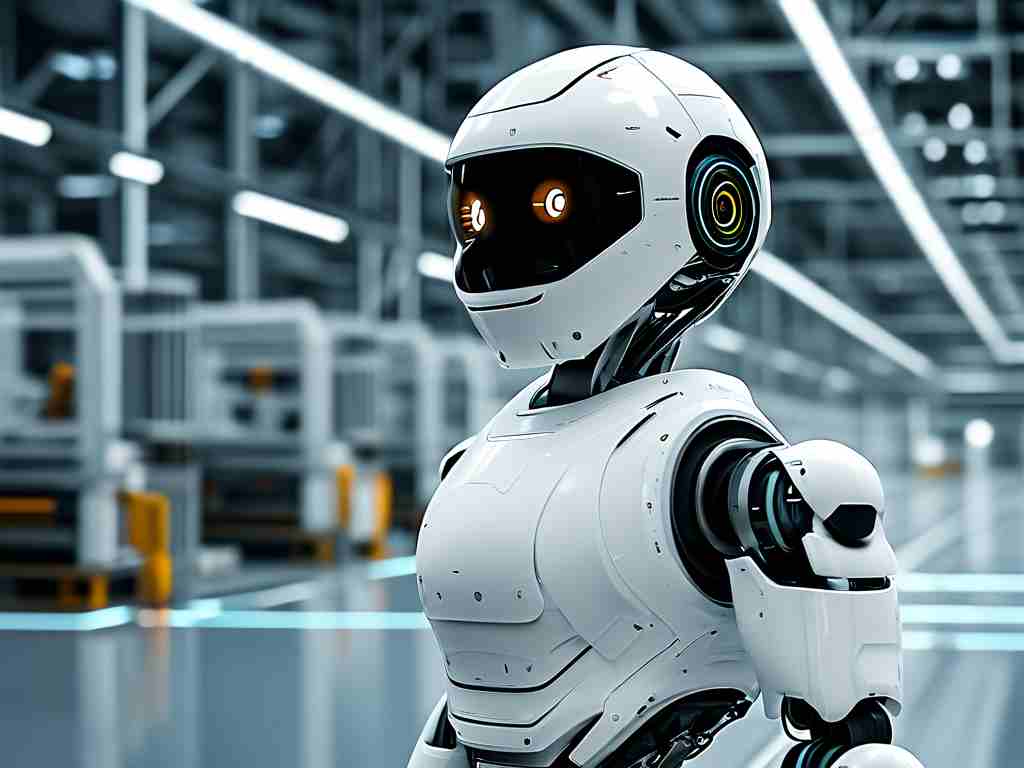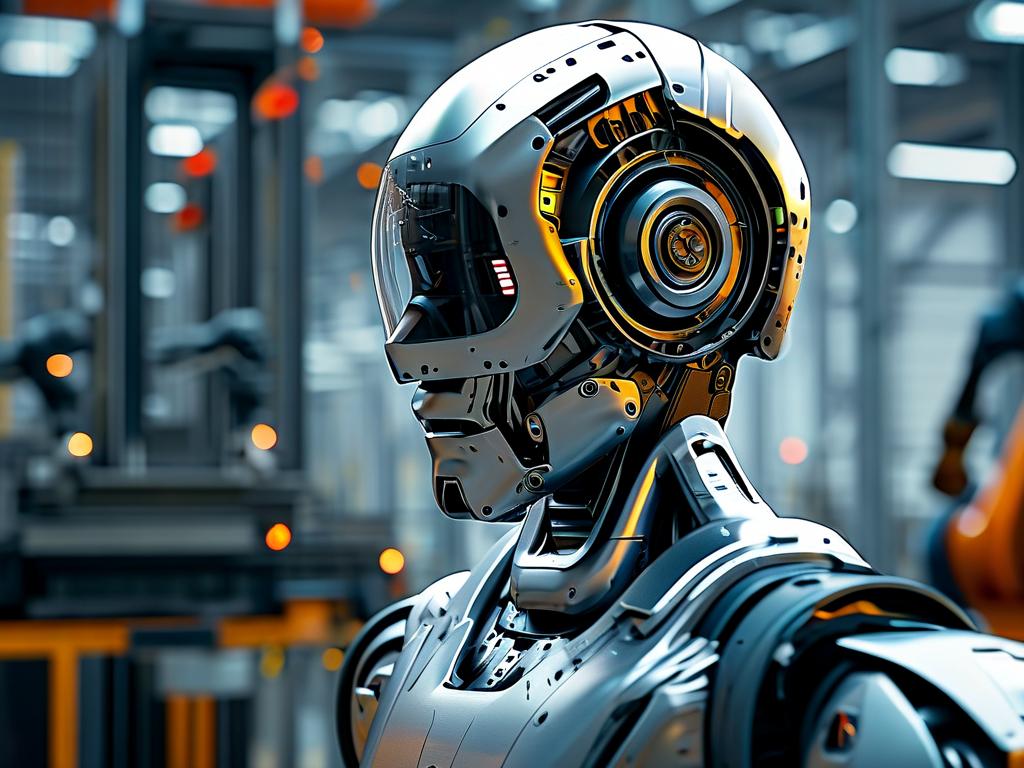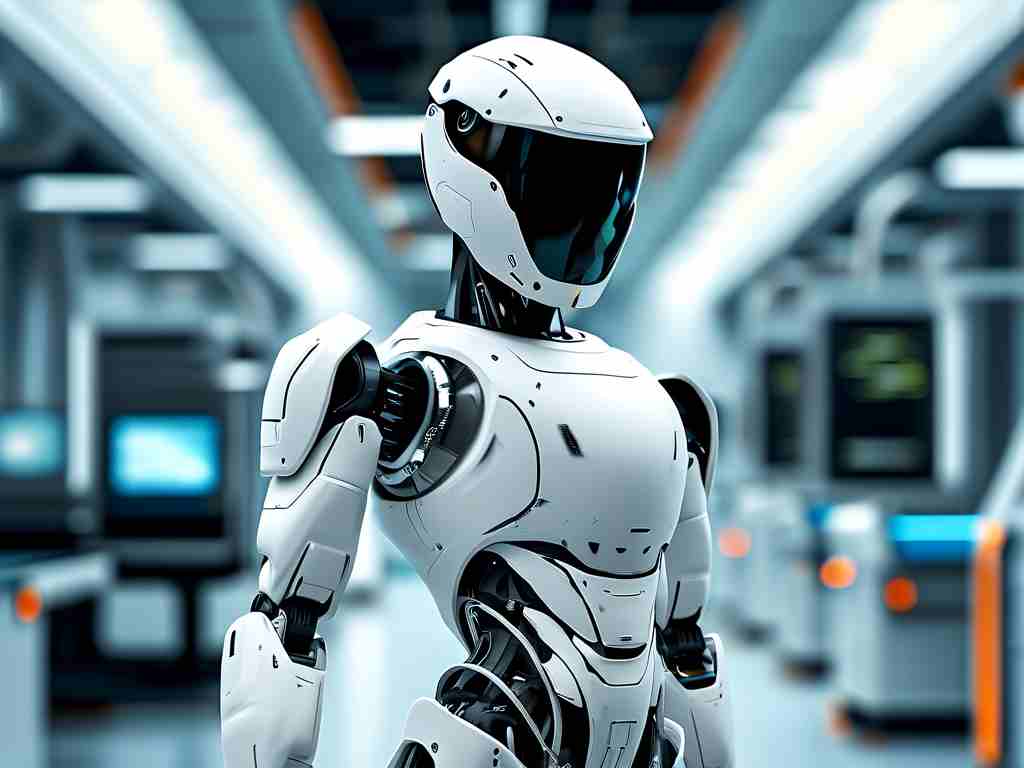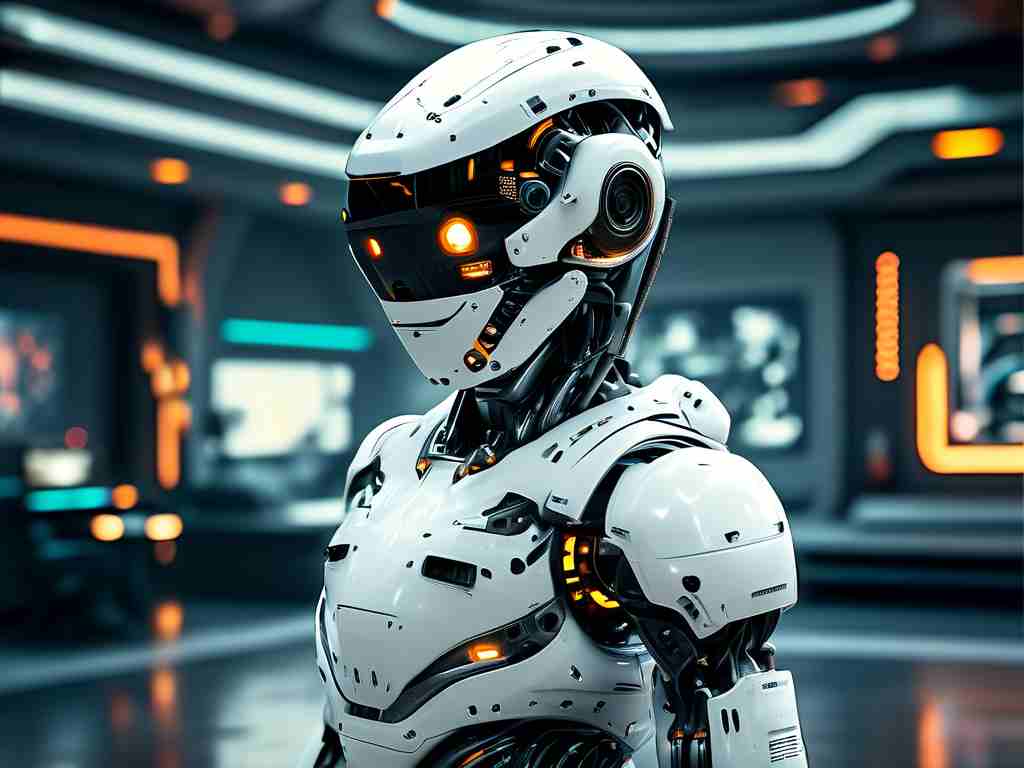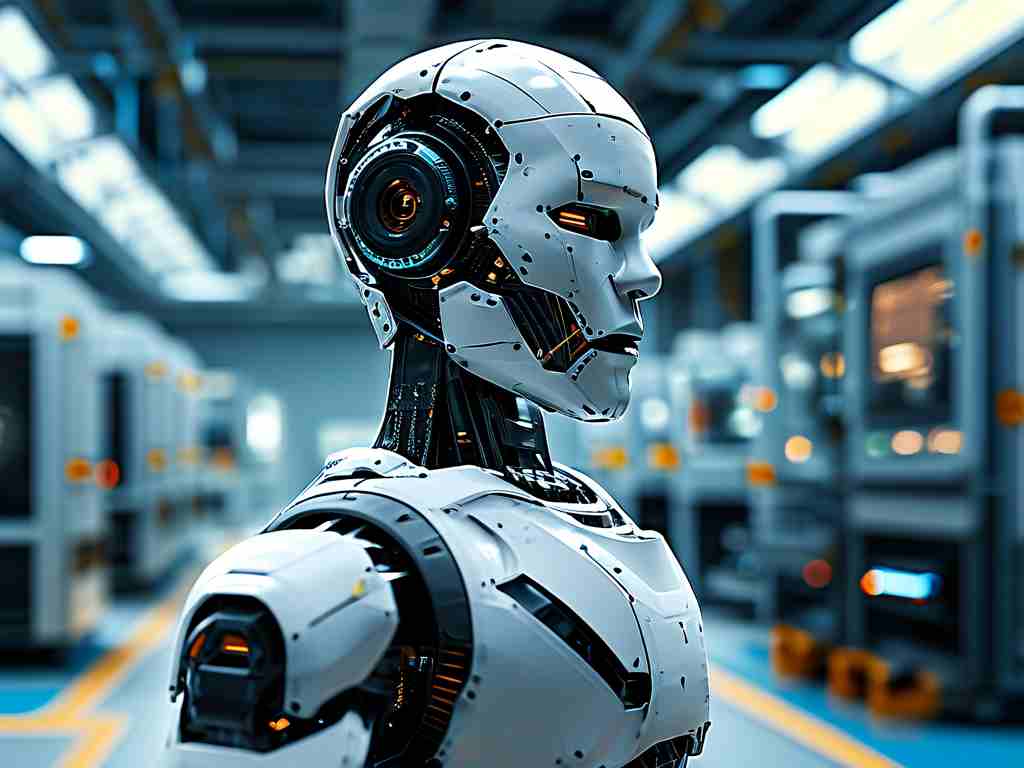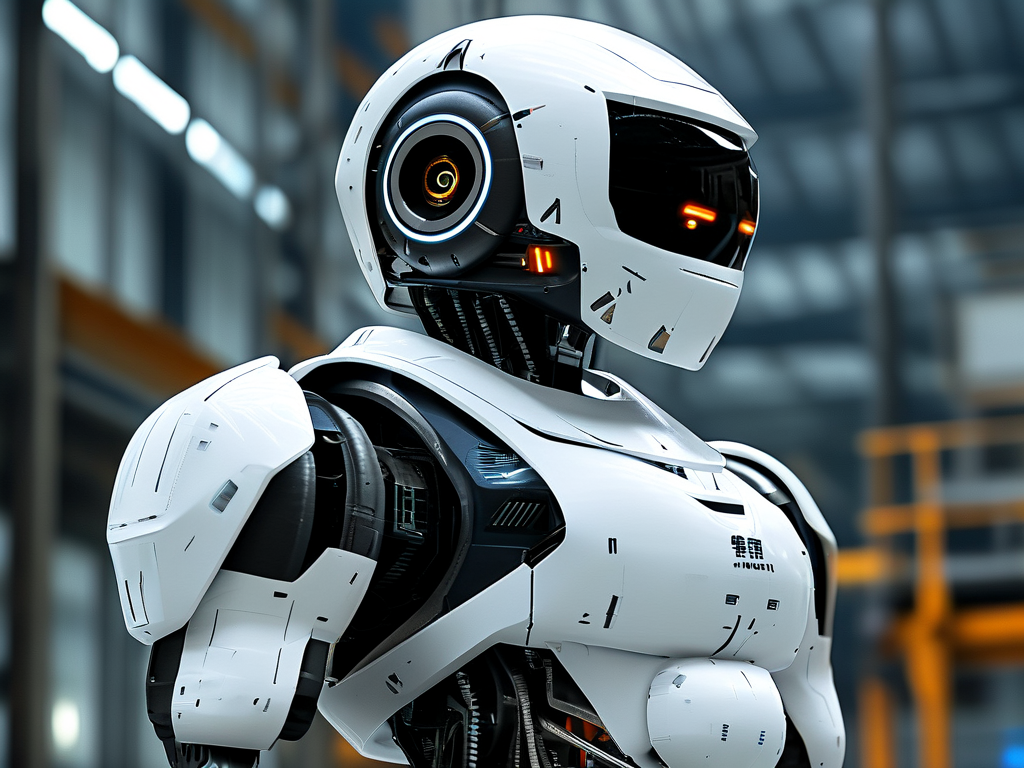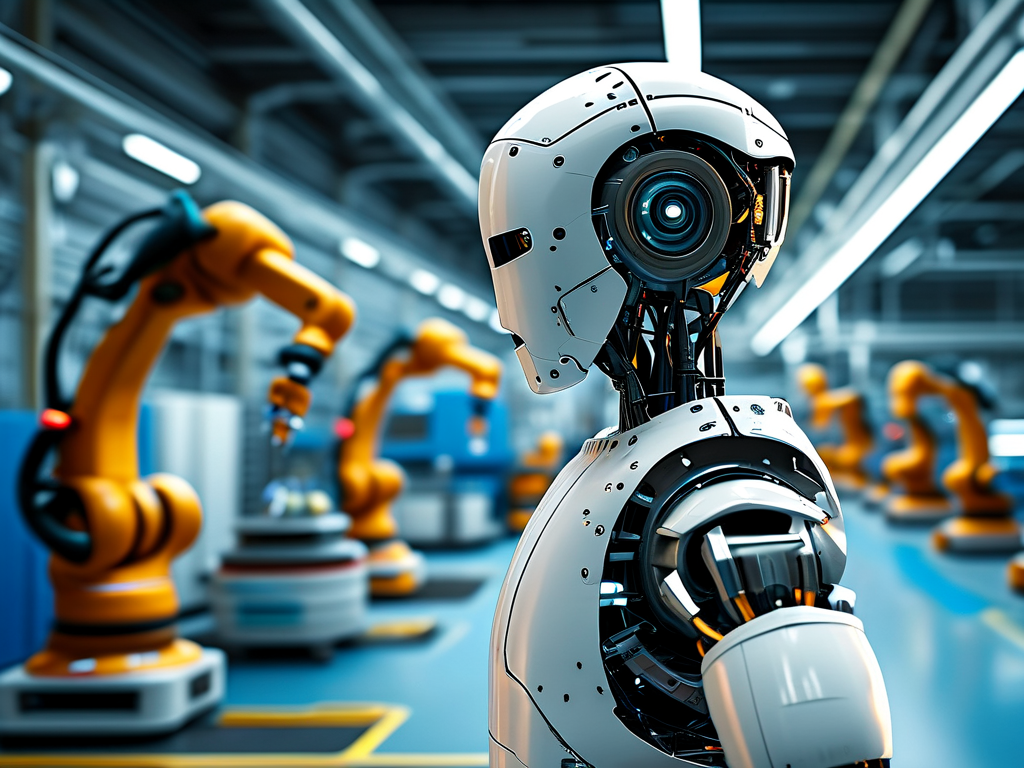Anti-Gravity Robotics: Principles, Applications, and Technological Challenges
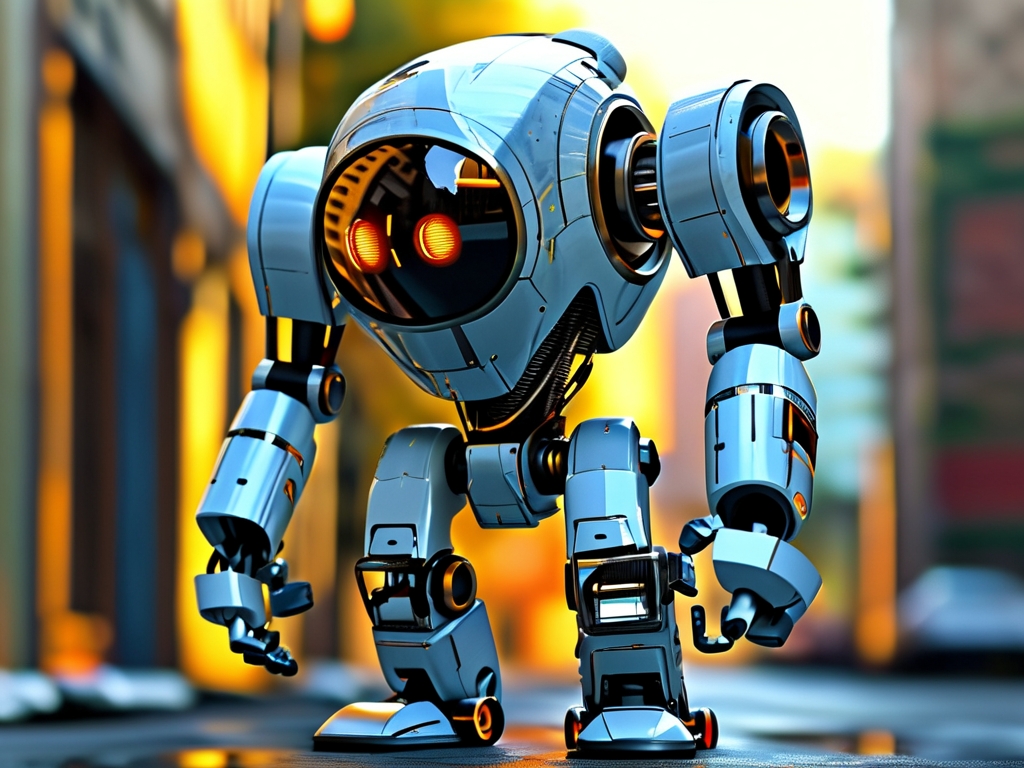
The concept of anti-gravity has long captivated scientists, engineers, and science fiction enthusiasts. While true "anti-gravity" remains theoretical, modern robotics has begun exploring technologies that mimic its effects, enabling machines to defy traditional gravitational constraints. This article delves into the principles behind anti-gravity robotics, its groundbreaking applications, and the challenges hindering its widespread adoption.
1. Defining Anti-Gravity Robotics
Anti-gravity robotics refers to systems designed to neutralize or counteract gravitational forces through advanced propulsion, magnetic levitation, or energy field manipulation. Unlike conventional robots reliant on wheels, legs, or thrusters, these machines aim to achieve frictionless movement, enhanced mobility, and unprecedented efficiency. Current implementations focus on two primary approaches:
- Electromagnetic Levitation: Utilizing superconducting materials and electromagnetic fields to create repulsive forces. Examples include maglev trains, adapted for robotic platforms in controlled environments.
- Acoustic or Aerodynamic Suspension: Using sound waves or directed airflow to generate lift, enabling objects to "float" mid-air.
While these methods do not eliminate gravity itself, they simulate anti-gravity effects by counterbalancing gravitational pull.
2. Core Technologies Powering Anti-Gravity Robotics
2.1 Magnetic Levitation (Maglev)
Maglev systems employ superconductors cooled to extreme temperatures, creating persistent magnetic fields that repel surfaces. Robotics leveraging this technology can hover above conductive tracks, reducing energy loss from friction. For instance, researchers at MIT have developed miniature maglev robots capable of precise manipulation in sterile laboratory settings.
2.2 Quantum Locking and Flux Pinning
Quantum locking exploits the Meissner effect, where superconductors expel magnetic fields. When combined with flux pinning—a phenomenon that "locks" objects in mid-air—this enables stable levitation. Startups like Levitas Bio use this principle for lab robots that handle sensitive biological samples without physical contact.
2.3 Ion Thrusters and Electrohydrodynamics
Ion thrusters, traditionally used in spacecraft, ionize gases to produce thrust. Miniaturized versions empower drones and robots to hover silently. Electrohydrodynamic (EHD) propulsion, meanwhile, ionizes air molecules to create ionic winds, a technique explored by NASA for atmospheric robots.
3. Transformative Applications
3.1 Aerospace and Exploration
Anti-gravity robotics could revolutionize space exploration. Levitating robots might navigate low-gravity environments like the Moon or Mars more efficiently than wheeled rovers. Projects such as ESA’s "FLOAT" concept envision magnetic robots transporting cargo across lunar bases.
3.2 Medical and Microscale Robotics
In healthcare, levitating micro-robots could deliver drugs to specific organs or perform minimally invasive surgeries. Researchers at ETH Zurich have demonstrated magnetic nanobots capable of swimming through bloodstreams, guided by external fields.
3.3 Industrial Automation
Factories could deploy anti-gravity robots to handle fragile materials or operate in sterile environments. Toyota has patented maglev-based assembly bots that reduce contamination risks in semiconductor production.
4. Challenges and Limitations
4.1 Energy Consumption
Most anti-gravity systems demand immense power. Superconductors require cryogenic cooling, while ion thrusters drain batteries rapidly. Overcoming this hurdle hinges on breakthroughs in energy storage, such as solid-state batteries or wireless energy transfer.
4.2 Stability and Control
Maintaining balance in dynamic environments remains problematic. Magnetic fields can interfere with electronics, and aerodynamic systems struggle with turbulence. Advanced AI algorithms are being developed to improve real-time adjustments.
4.3 Scalability and Cost
Current prototypes are expensive and small-scale. Scaling maglev robots for heavy industrial use, for example, would require massive infrastructure investments.
5. The Future of Anti-Gravity Robotics
Despite obstacles, progress is accelerating. Innovations like room-temperature superconductors (e.g., LK-99 claims in 2023) could eliminate cooling needs. Meanwhile, hybrid systems combining magnetic levitation with AI-driven propulsion promise greater adaptability.
In the next decade, anti-gravity robotics may transition from labs to real-world niches—think precision agriculture drones or disaster relief bots that traverse debris fields. As physicist Michio Kaku notes, "The line between science fiction and science fact is blurring faster than ever."
6. Ethical and Societal Implications
Widespread adoption raises questions. Could levitating robots widen the automation-driven job gap? Will energy-intensive systems exacerbate climate challenges? Policymakers must balance innovation with sustainability and equity.
Anti-gravity robotics represents a paradigm shift in how machines interact with the physical world. While technical and economic barriers persist, the potential to redefine industries—from healthcare to space exploration—makes this field one of the 21st century’s most thrilling frontiers. As research advances, humanity inches closer to turning the dream of frictionless, gravity-defying machines into reality.


